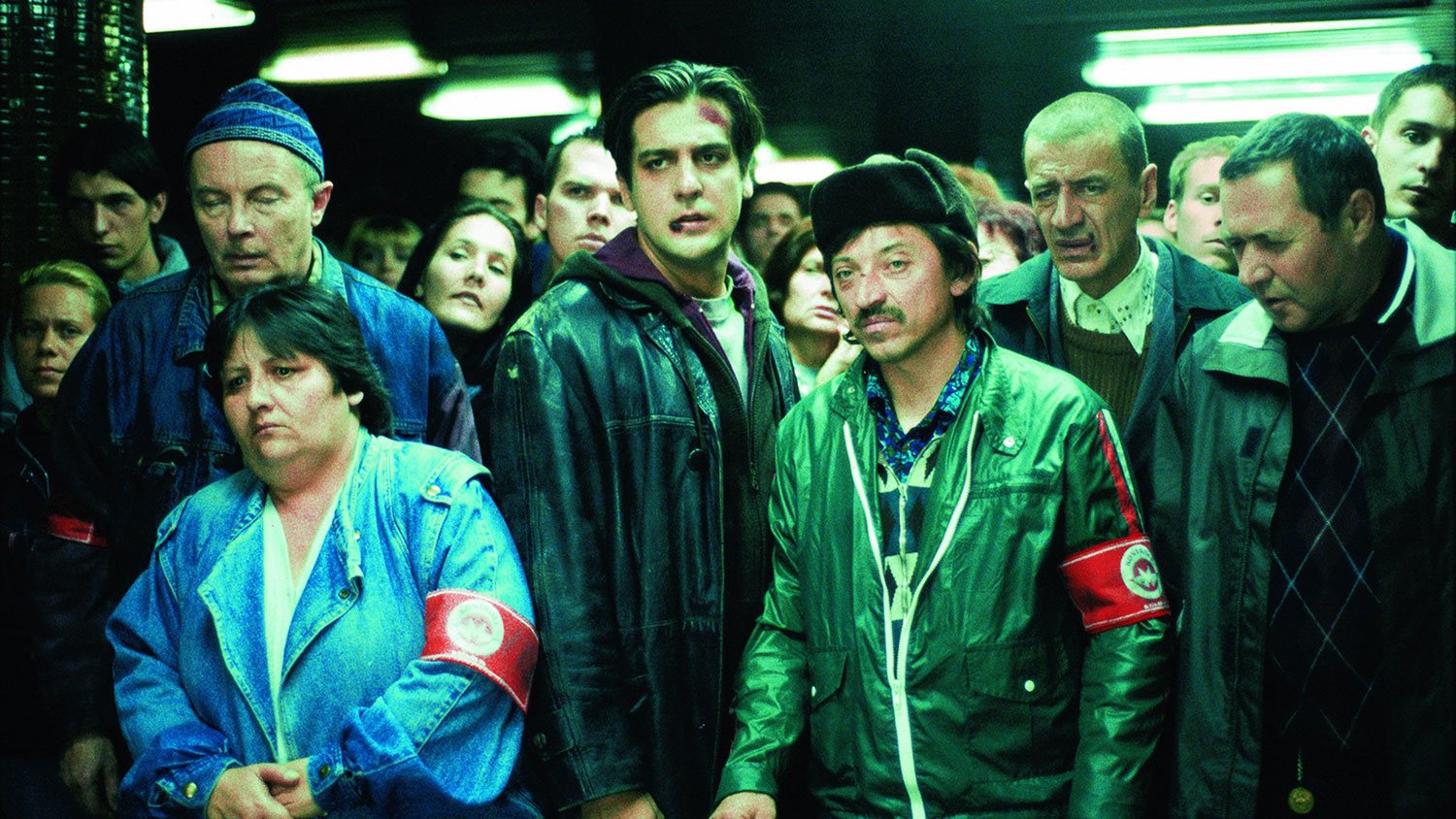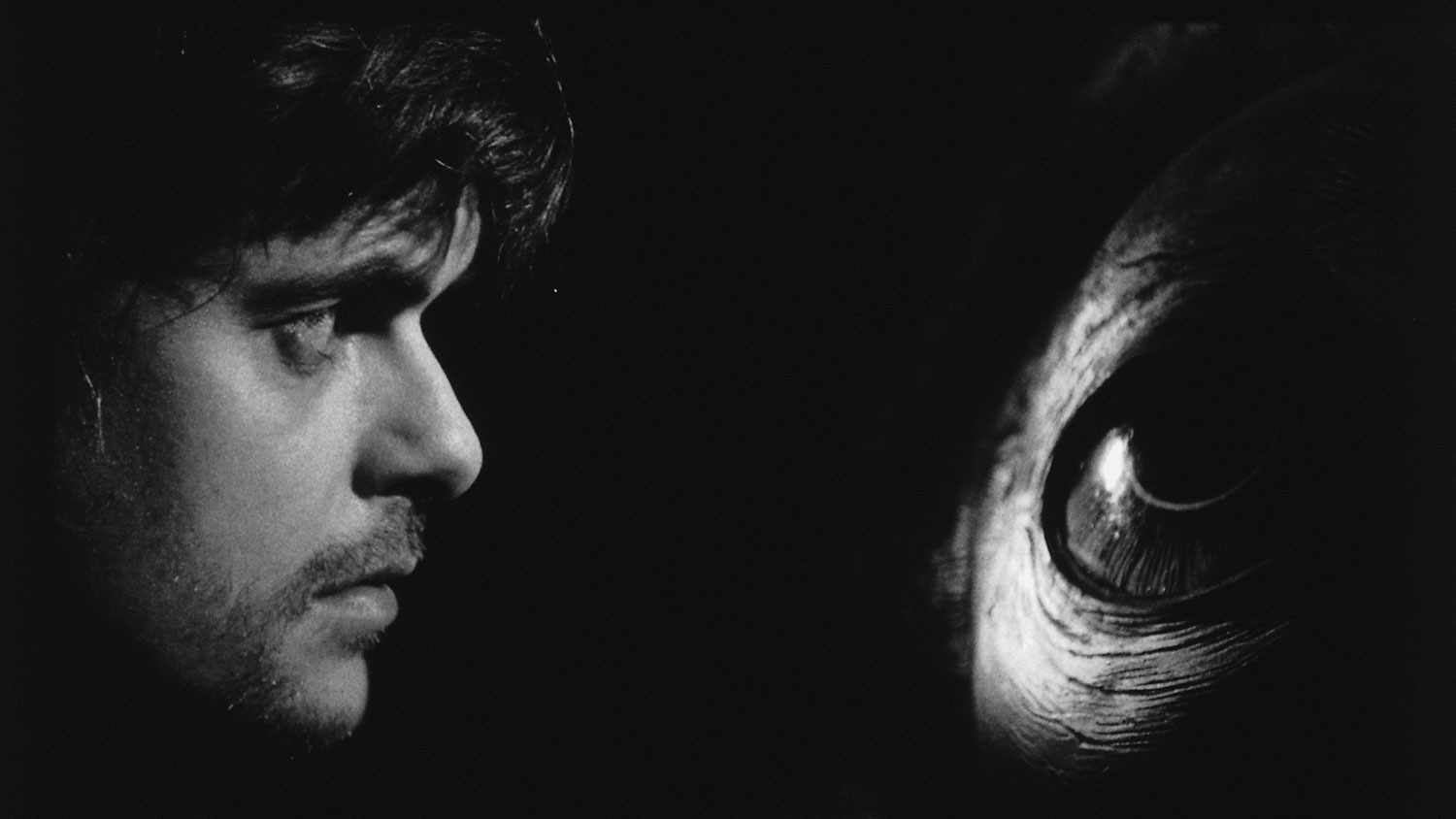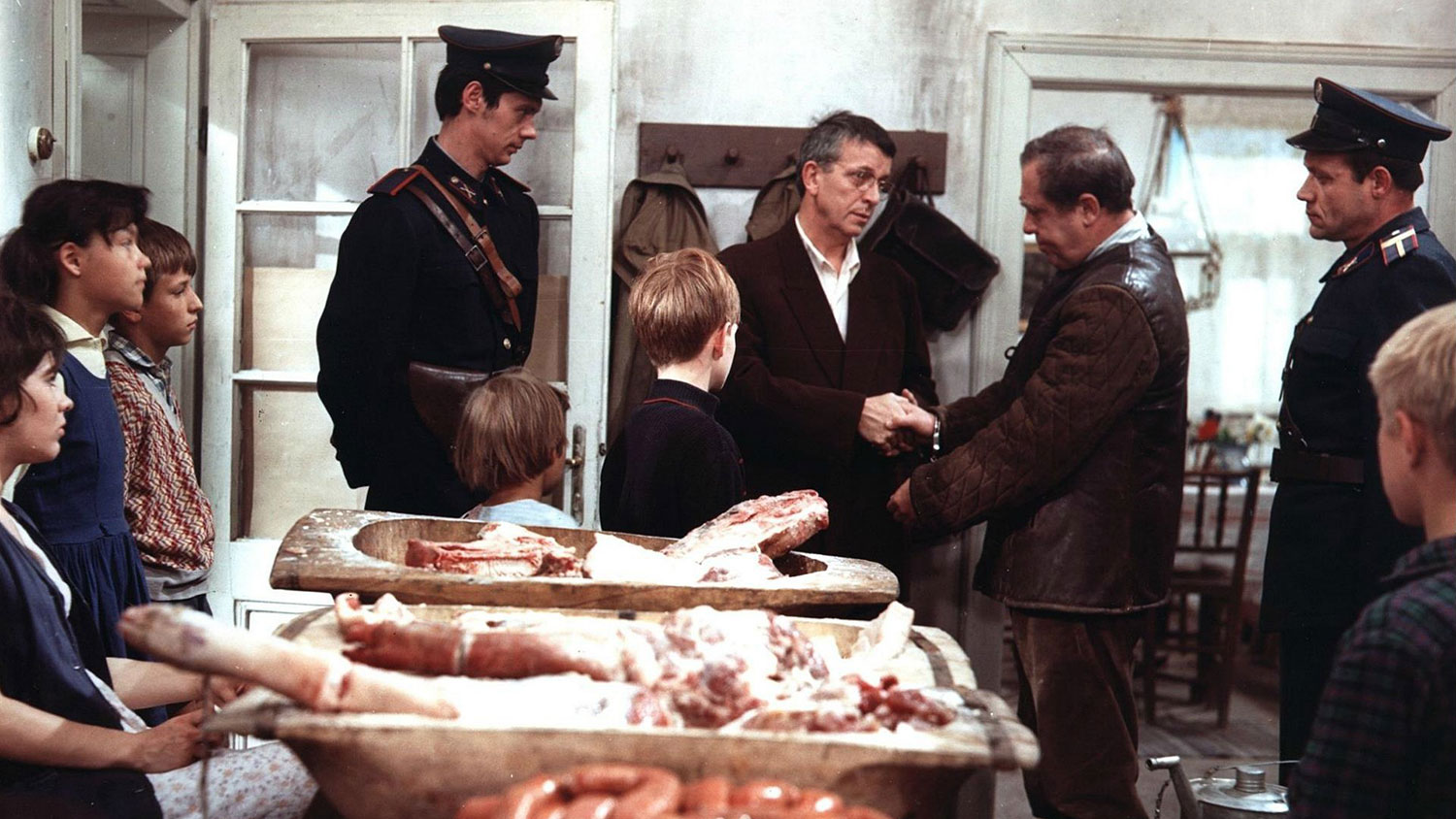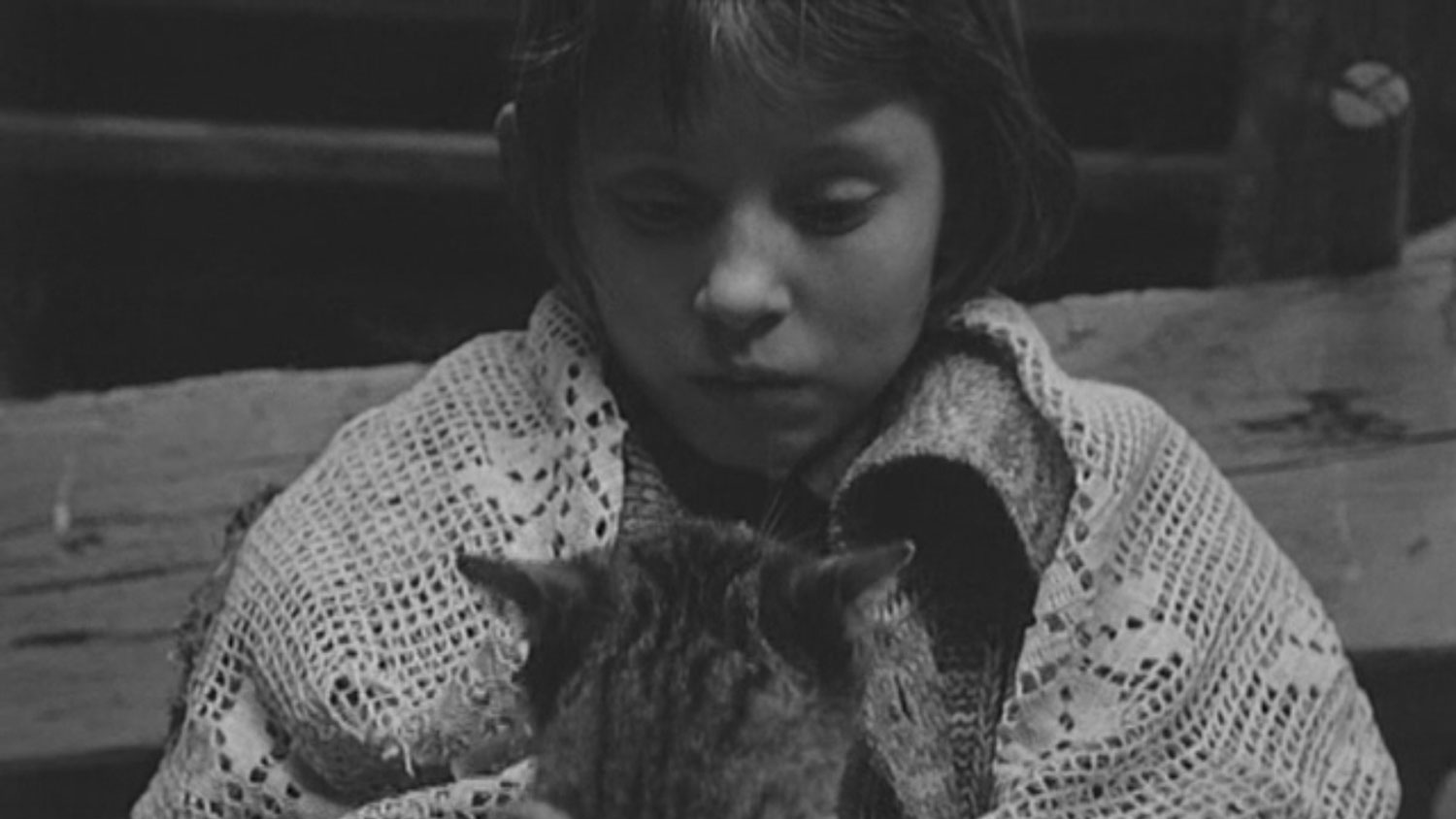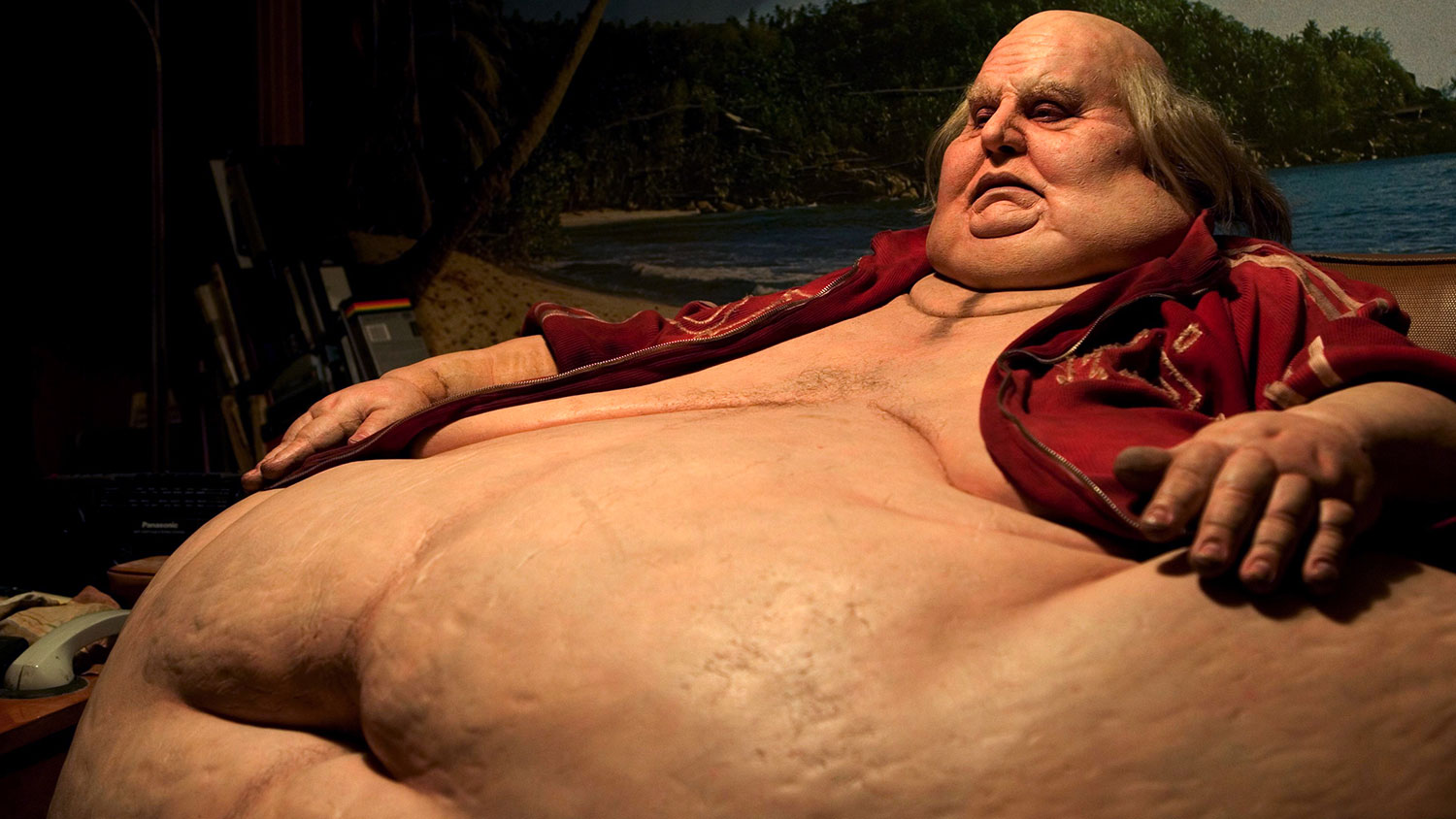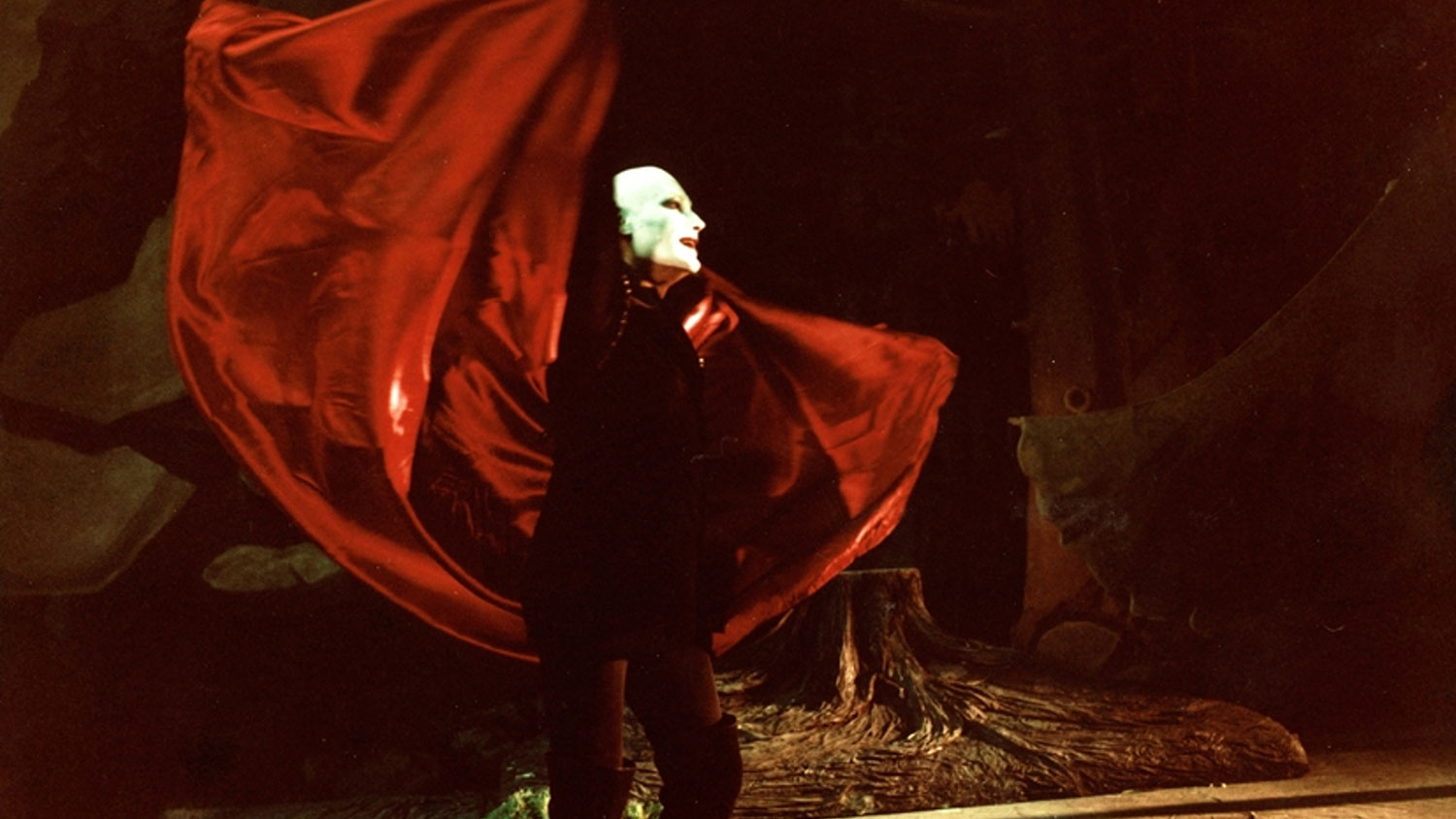Budapest is a movie star in its own right, appearing in numerous films under the guise of Paris, Moscow, Buenos Aires or East Berlin. However, while Budapest sets the stage for the international film industry on its city streets or in the nearby Korda Studios, Hungarian homegrown cinema also merits recognition. With the László Nemes’ Son of Saul winning both an Academy Award and Golden Globe for Best Foreign Language film in 2015, Hungarian cinema is finally getting noticed on an international scale.
Over time, the local film industry has developed a cocktail of realism and echoes of daily life shaken up with the surreal and the absurd. Many cite the 1950s to 60s as Hungarian cinema’s golden age, which, coincidentally, was also the most brutal era of Hungary’s communist dictatorship. Cinema at this time used Hungarian history and human stories as a subtle medium to stand up against the regime.
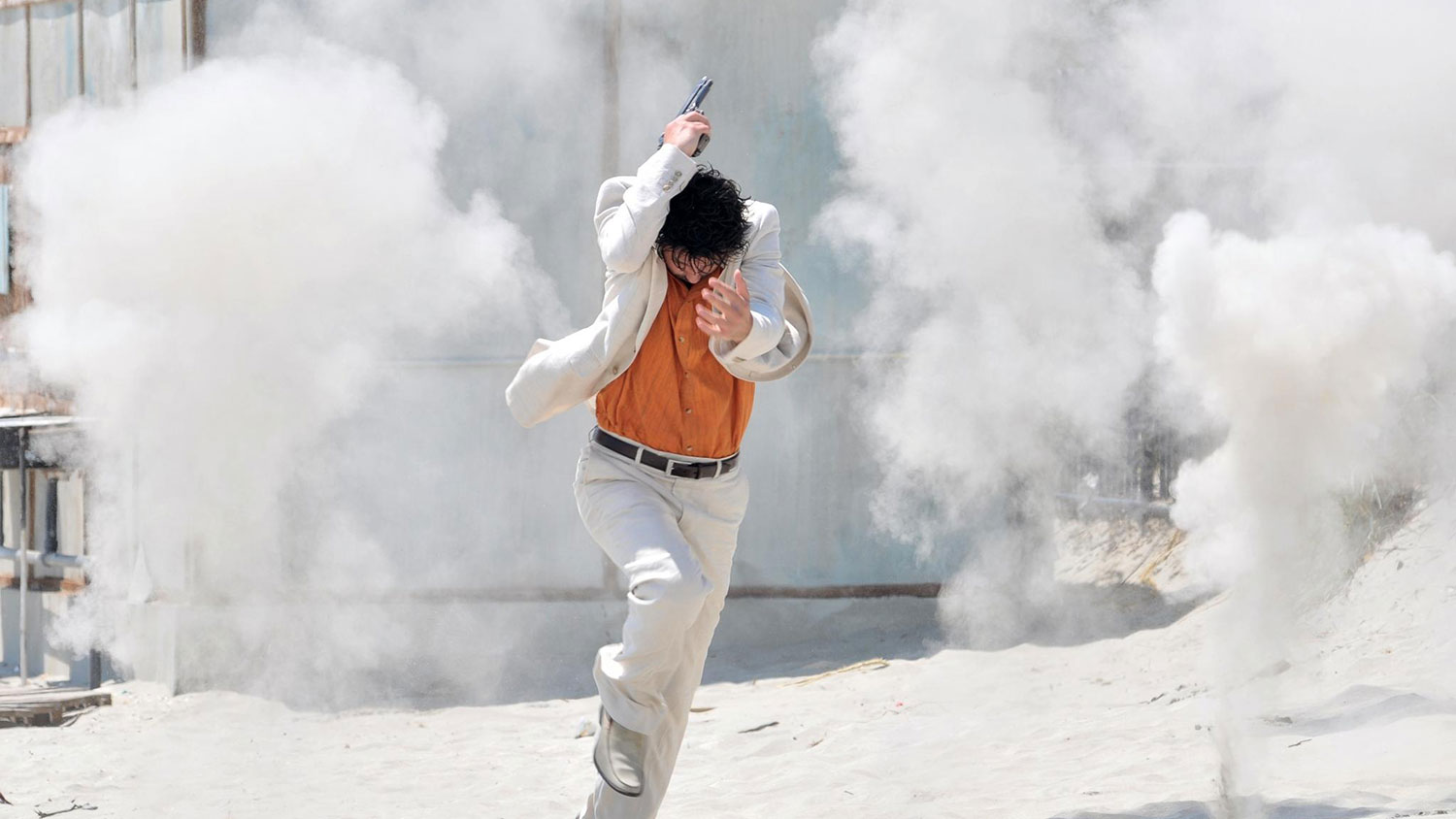
Still from Bibliothèque Pascal (2010), dir. Szabolcs Hajdu
Excerpt from Control (2003), dir. Nimród Antal
However, as the decades moved on, film turned to address contemporary issues. Cult comedy The Witness (1969), by Péter Bacsó, was banned for over a decade for its critical and satirical depiction of the country’s communist regime. The Witness, which uses humour to cope with difficult political and social topics, is a prime example. One of the most famous lines in the movie about the “Hungarian orange” has become a foundation in Hungarian popular culture. The home-grown orange, eaten by the protagonist’s children, is switched to a lemon and described as “a bit more yellow, a bit sourer, but it’s ours.”
Another element is the use of fantastical storytelling techniques to express the human condition, such as István Szabó Mephisto (1981), a Faustian drama set in Nazi Germany and Hungary’s first Oscar winning film, the only one before 2016. Or realism presented through the medium of experimental cinema, such as director Béla Tarr’s works, which engage philosophical elements with a pessimistic view of humanity by using avant-garde storytelling and film techniques, such as in Sátántangó (1994) or Werckmeister Harmonies (2000).
Contemporary Hungarian cinema has seen a new style revival since modern classic Control (2003) by Nimród Antal, whose surreal, black comedy about metro ticket inspectors shot entirely on the Budapest underground system gained cult status in Hungary and abroad. This set the pace for Hungarian new wave cinema, departing from more realistic storytelling forms: films such as Taxidermia (2006), a metaphorical socio-political retelling of post-Second World War Hungarian history to the present day; gritty dark magical realist story Bibliothèque Pascal (2010) and Kornél Mundruczó‘s visceral revenge fantasy White God (2013).
Text: Jennifer Walker
